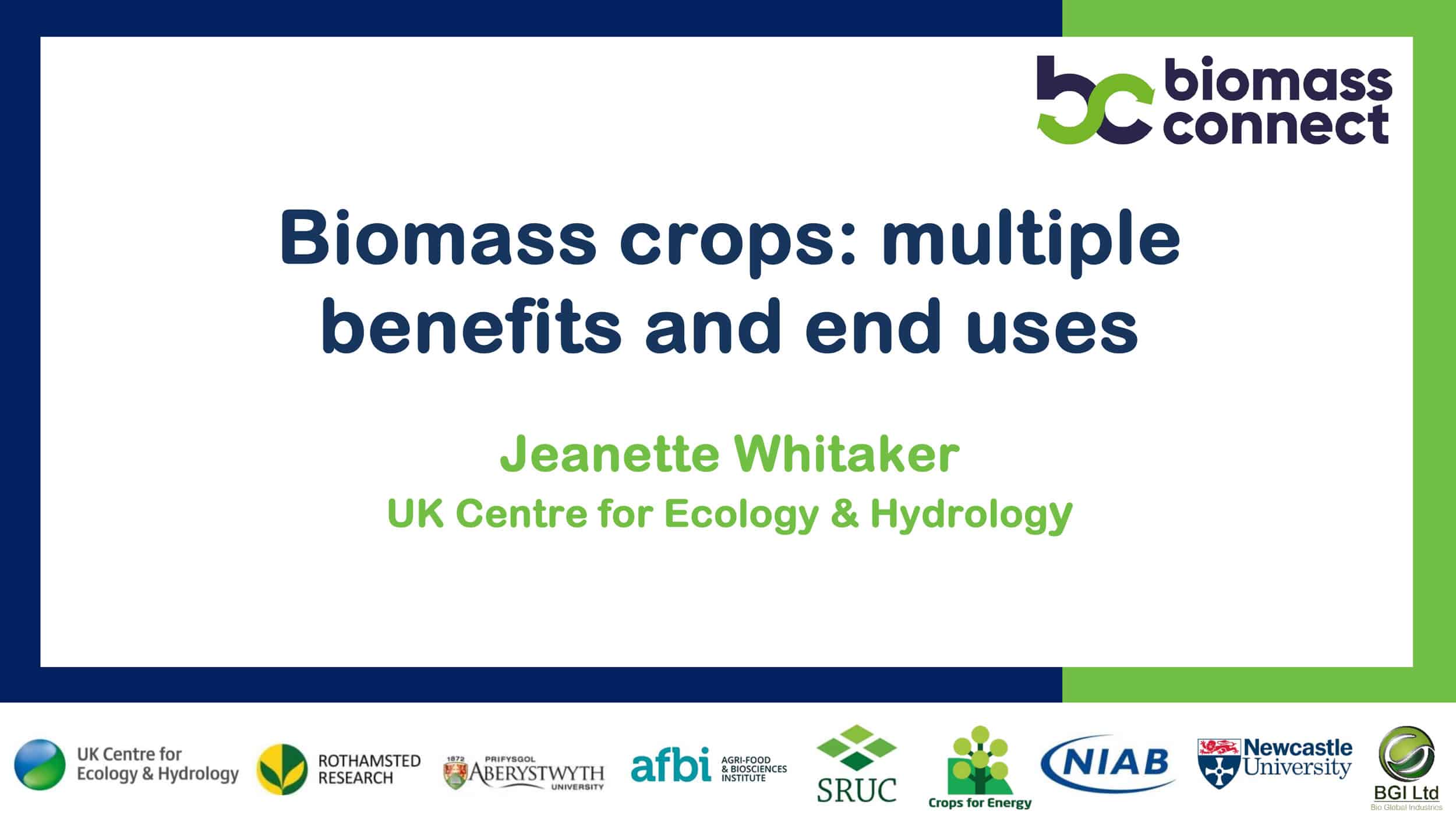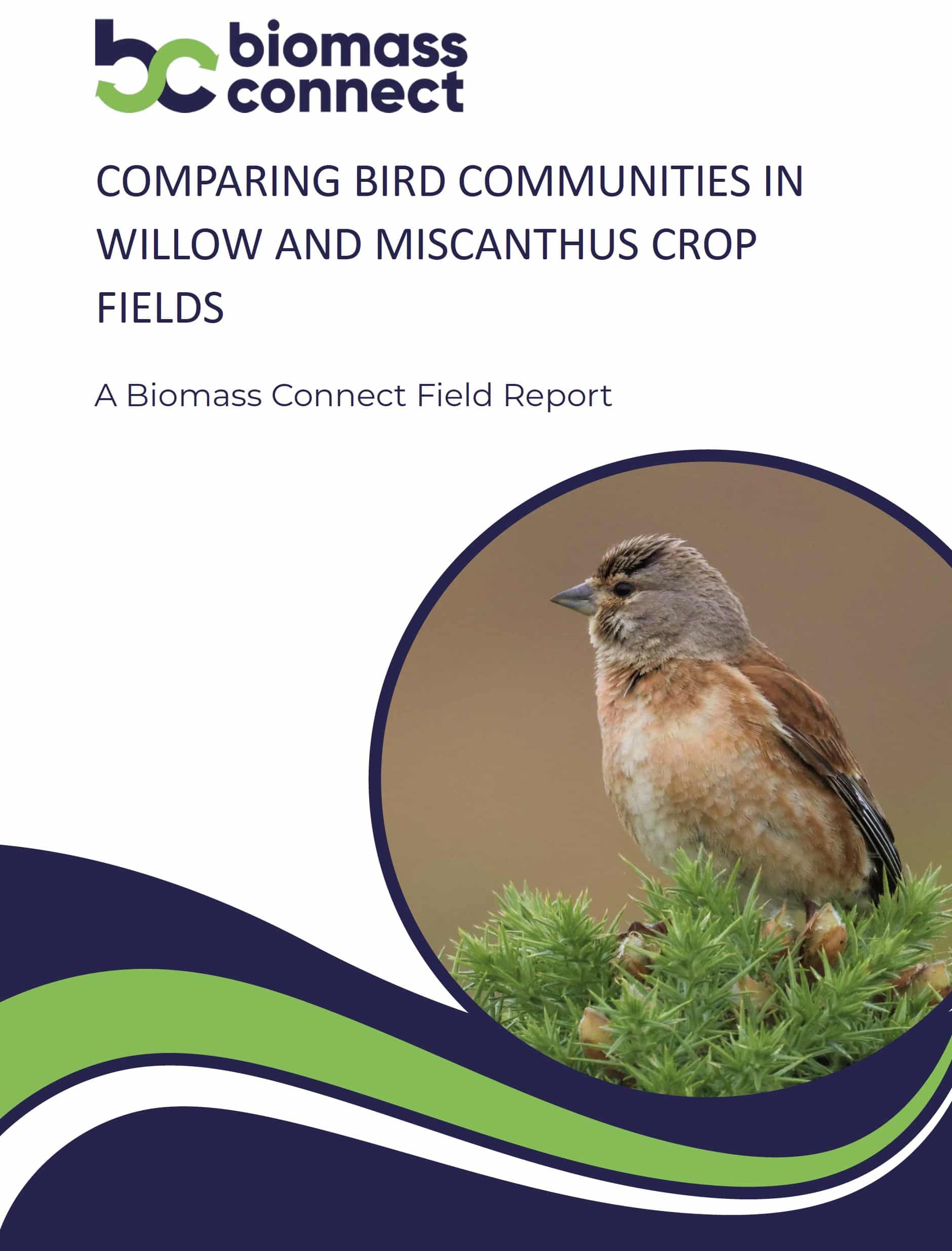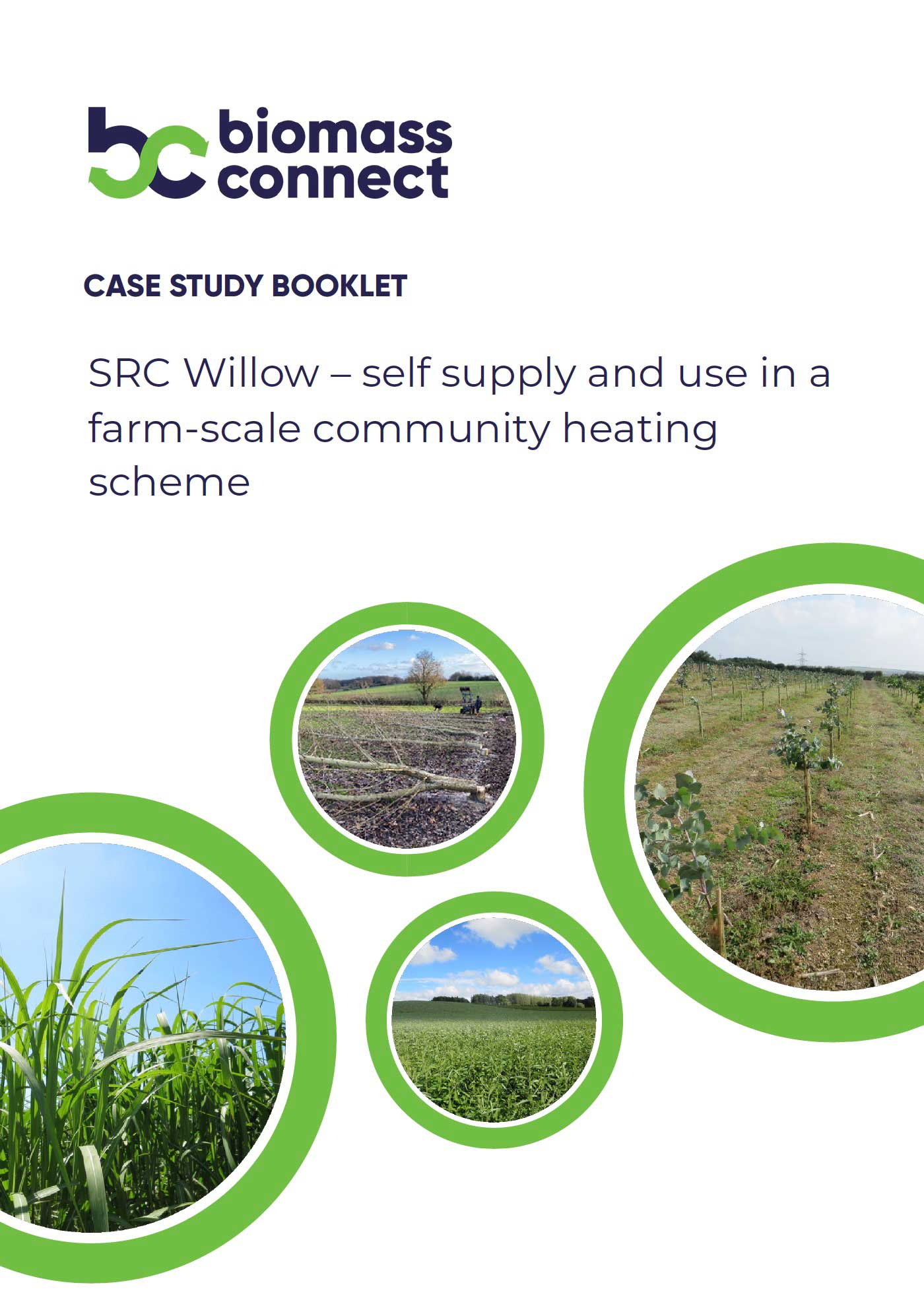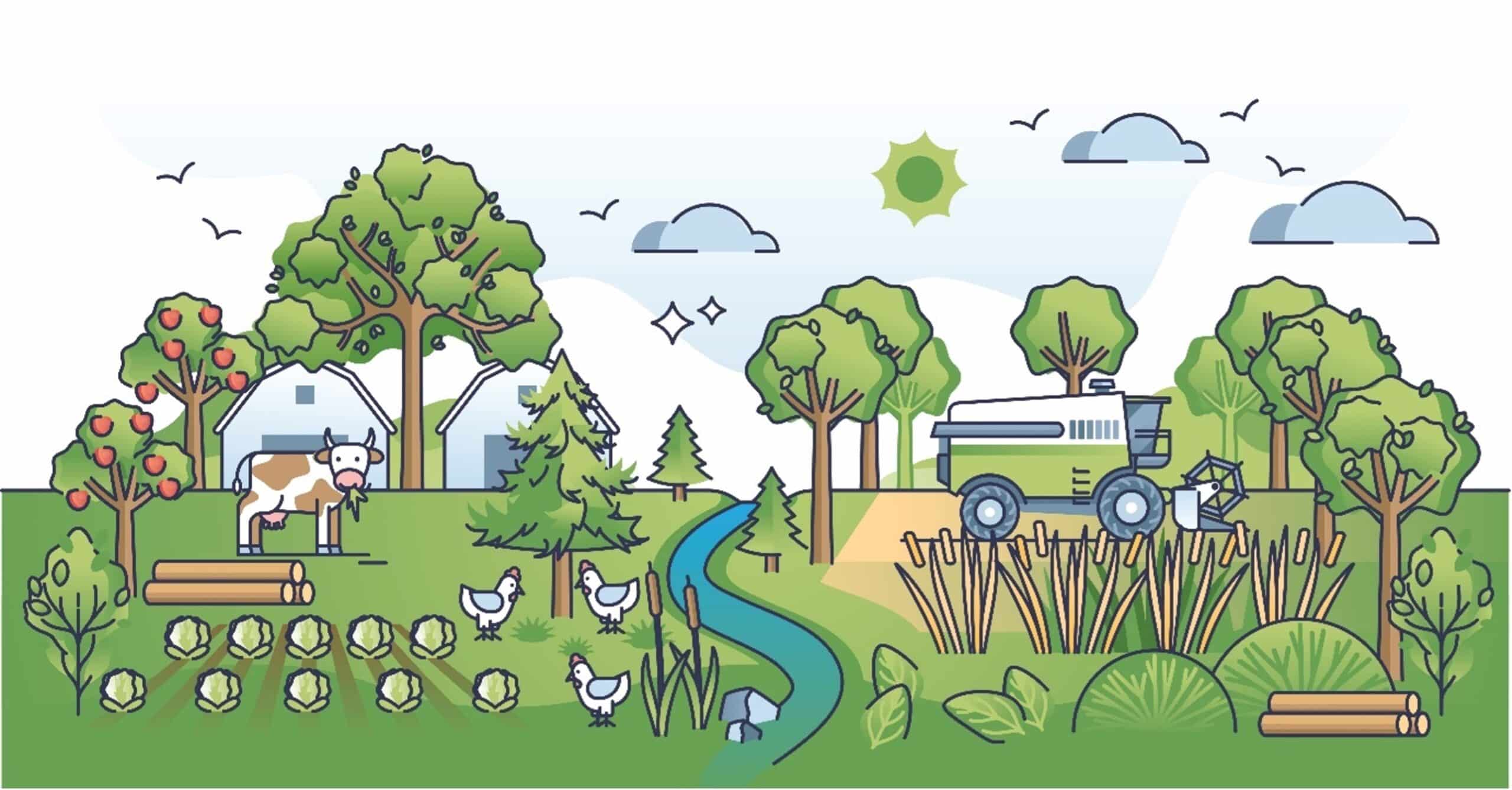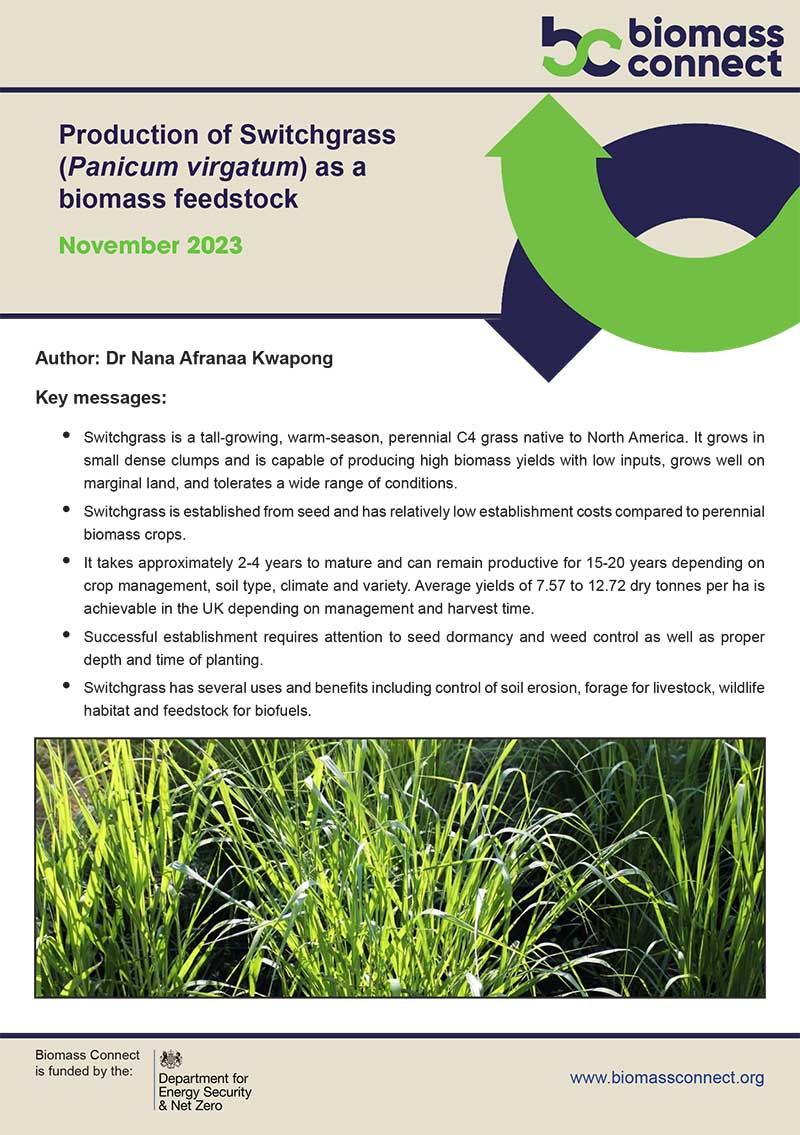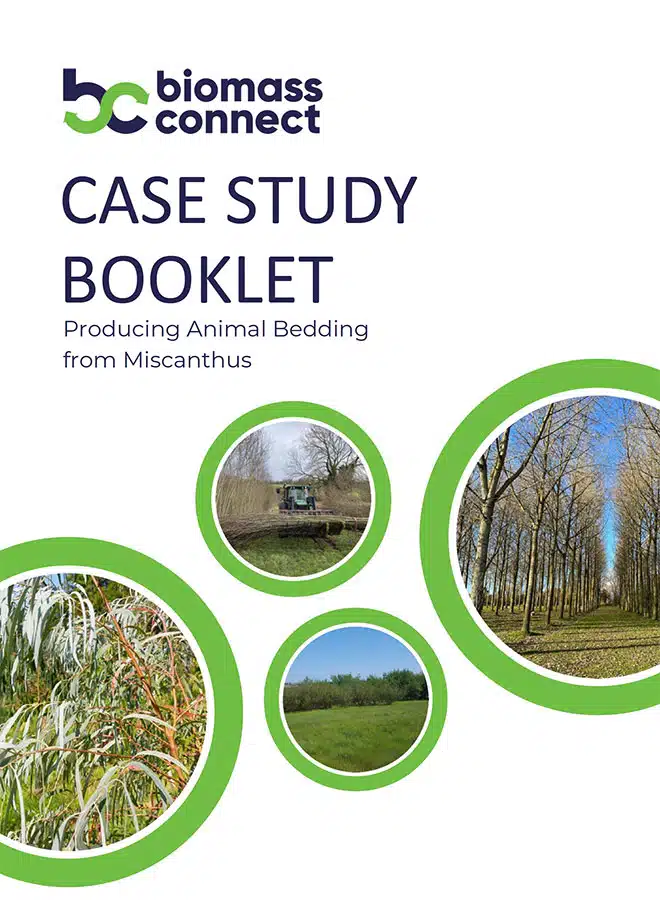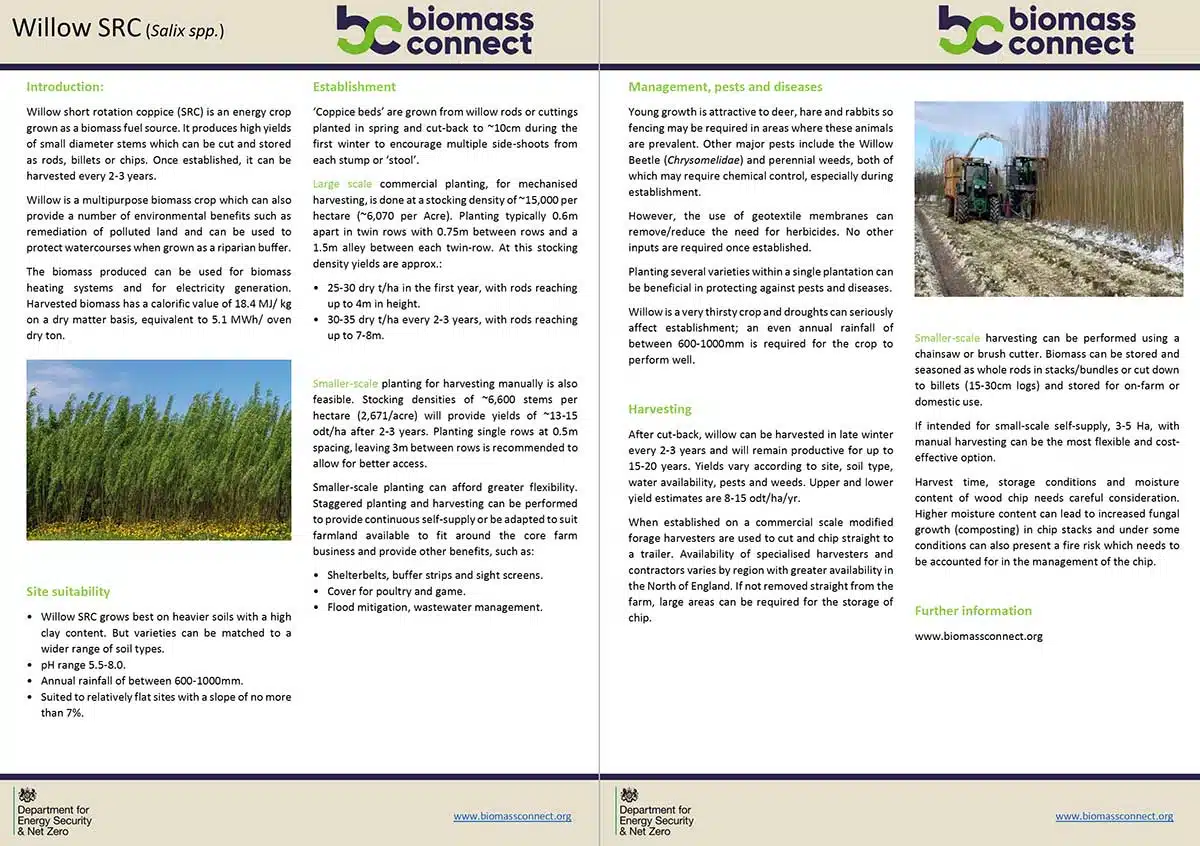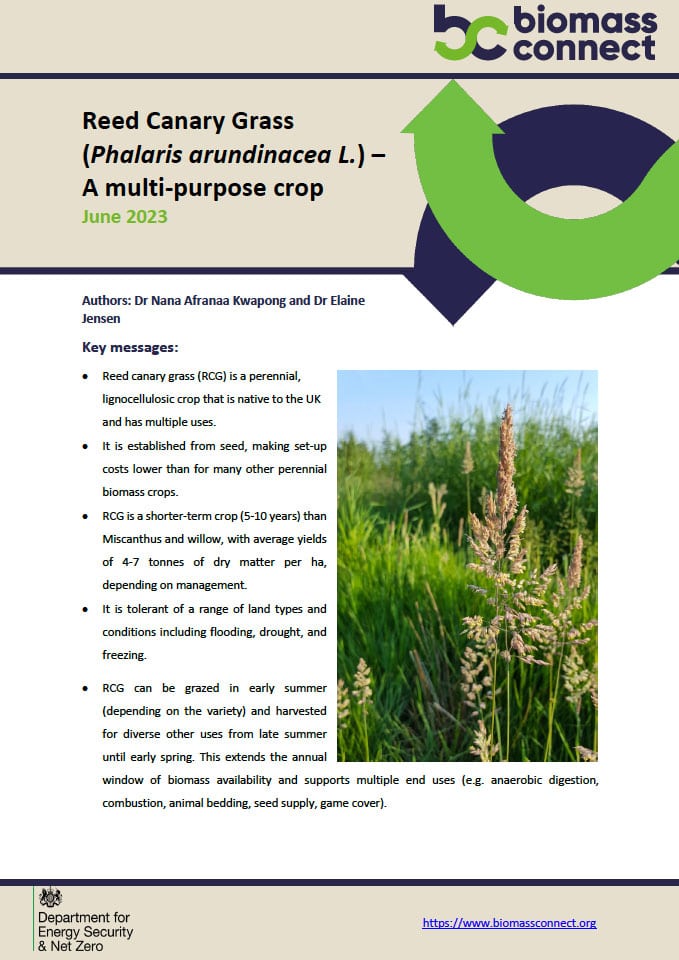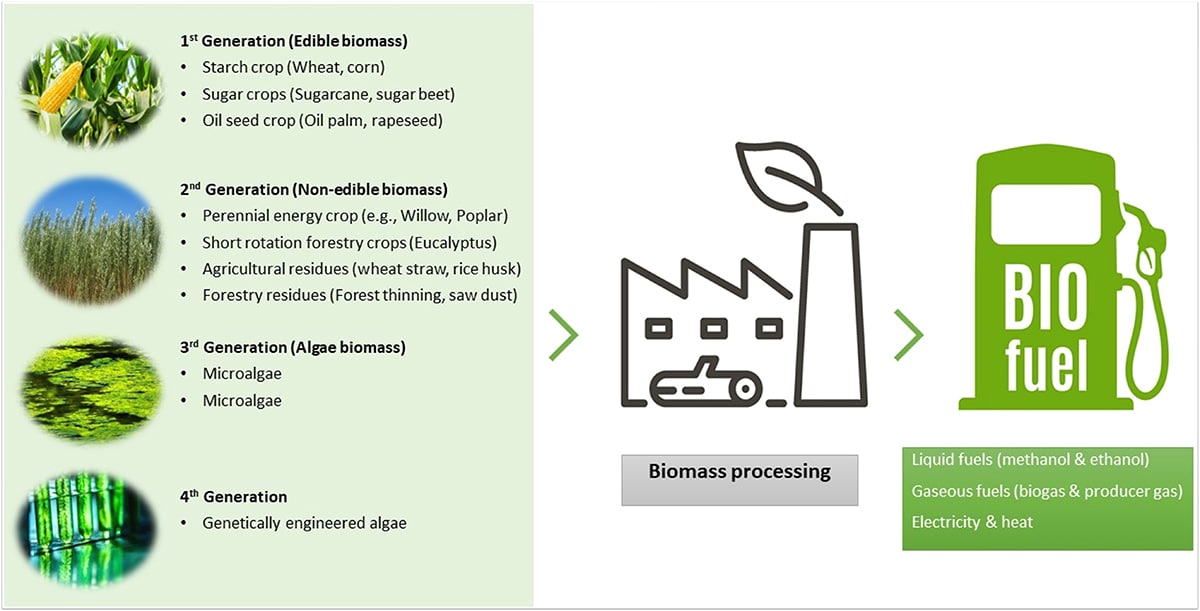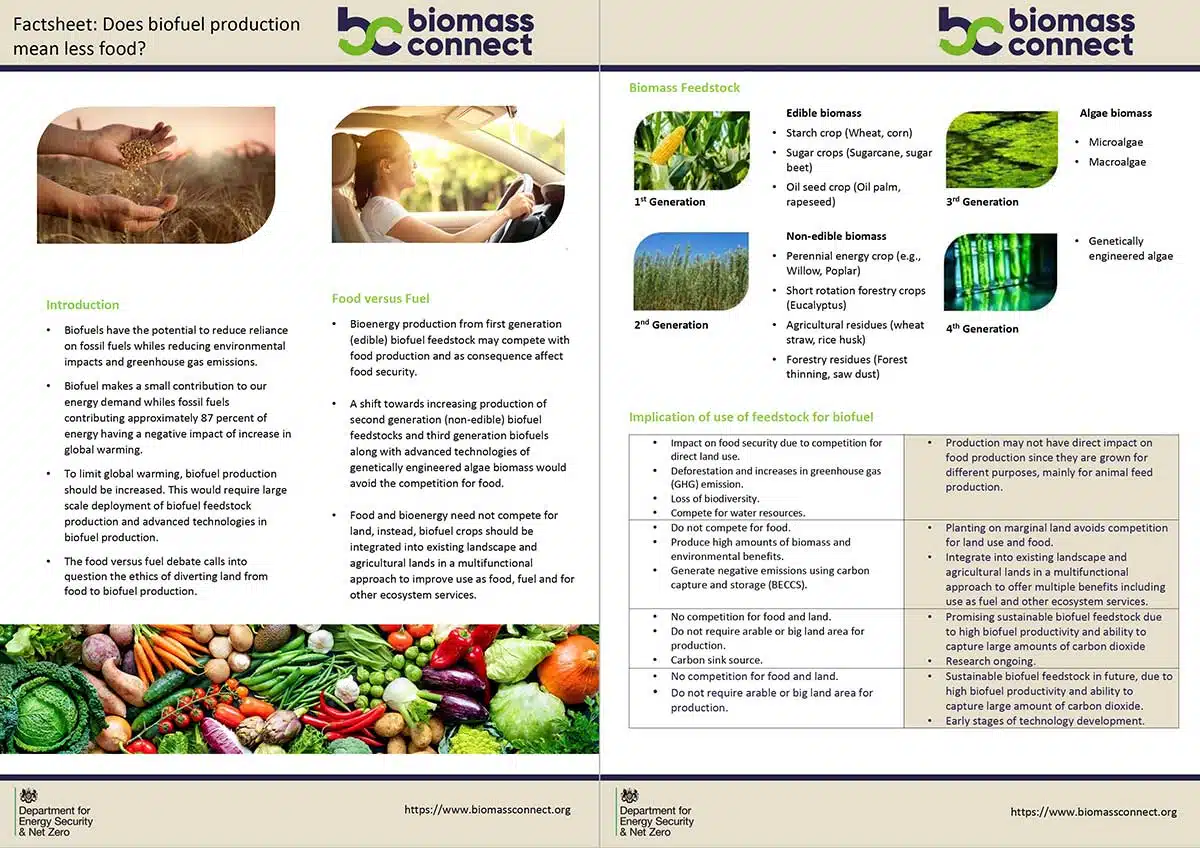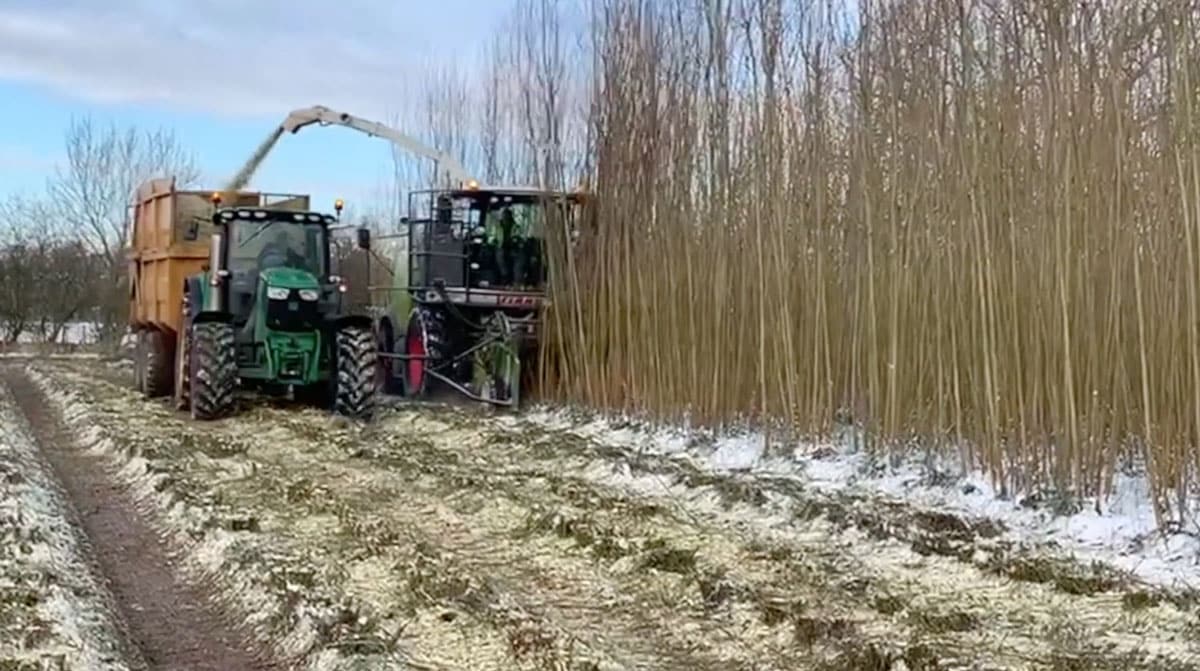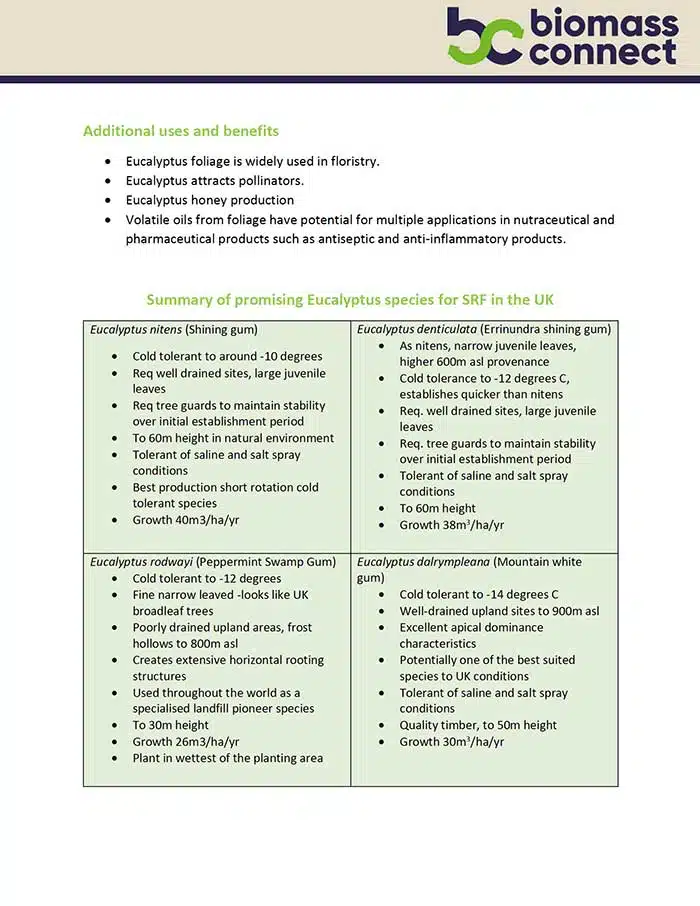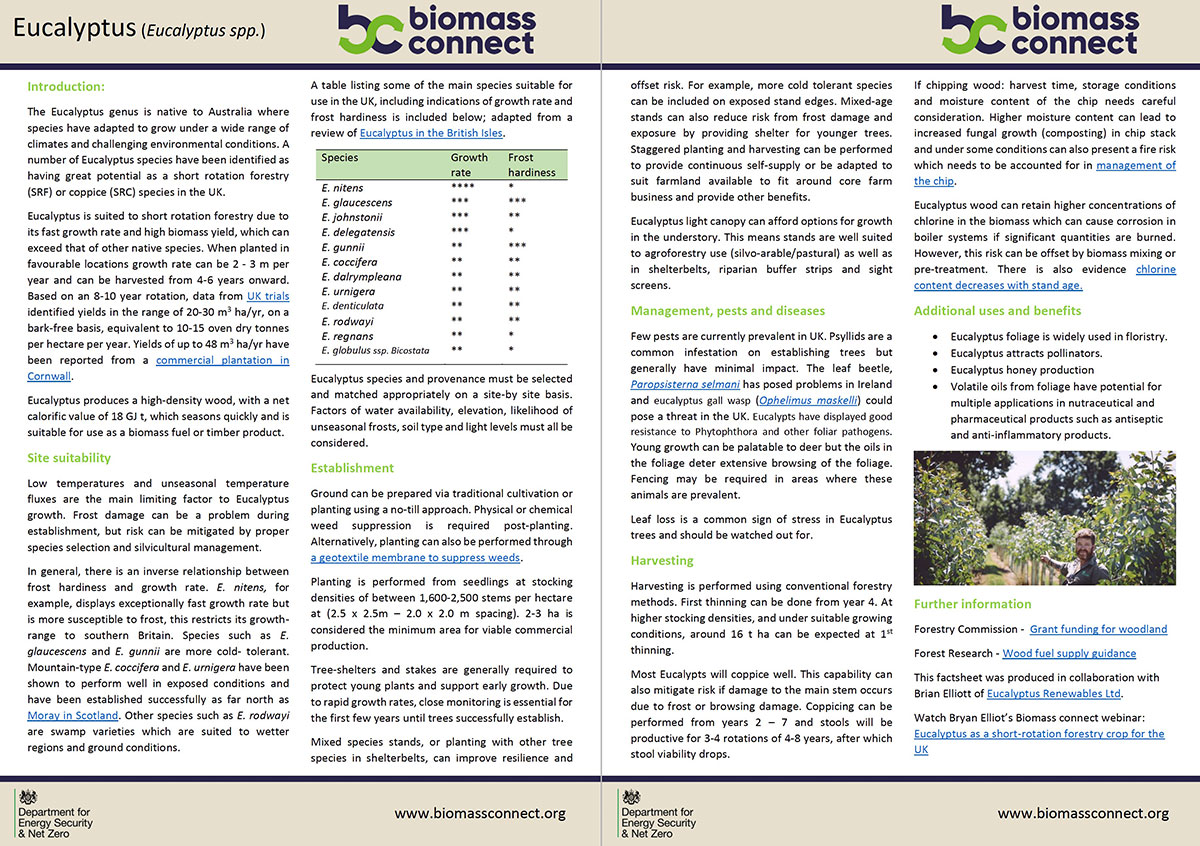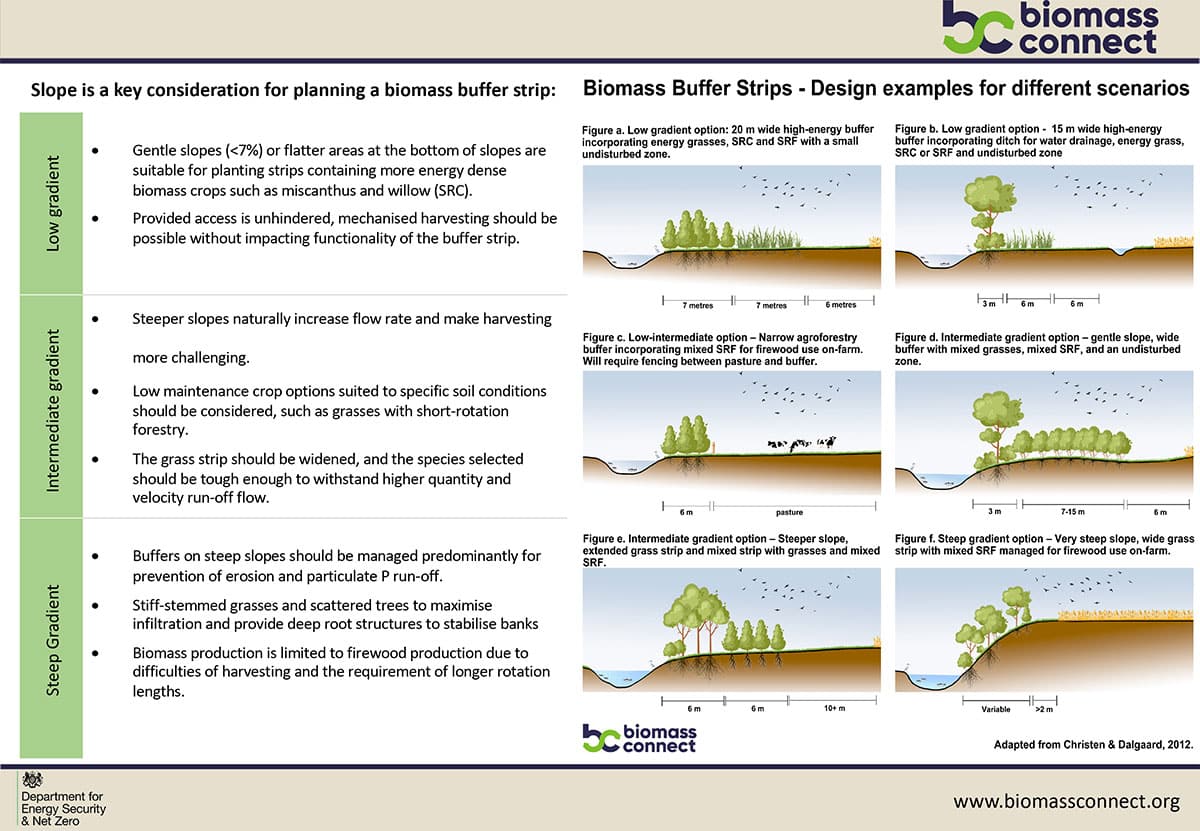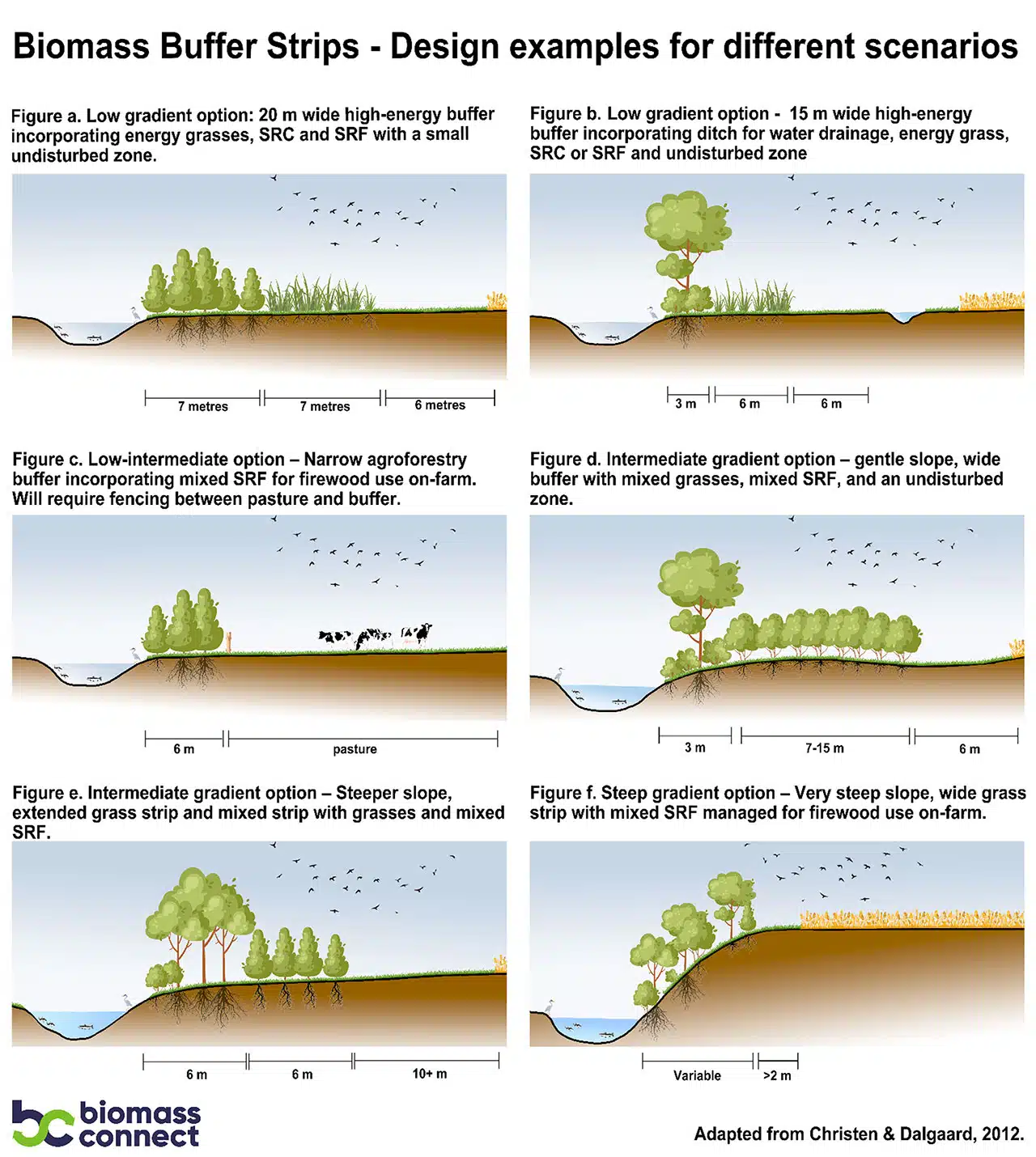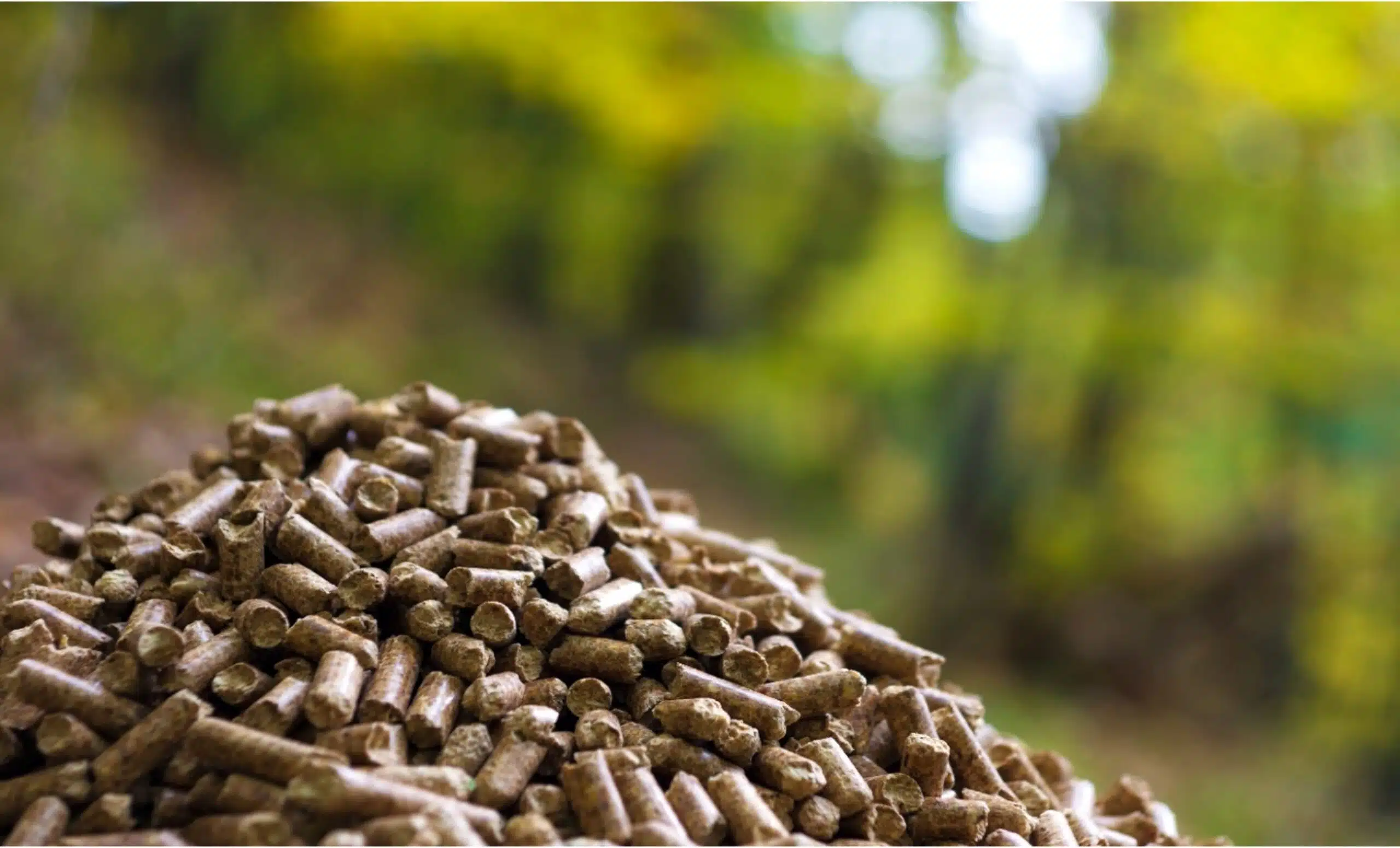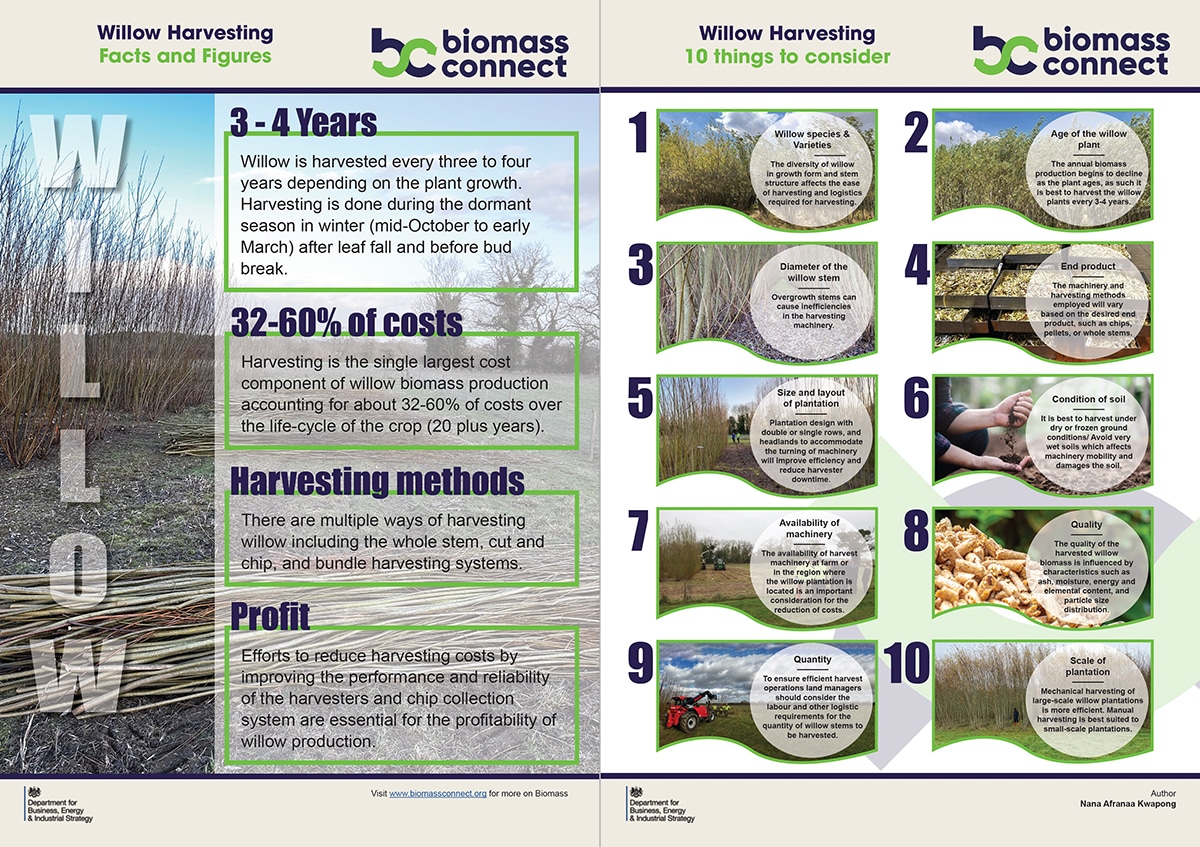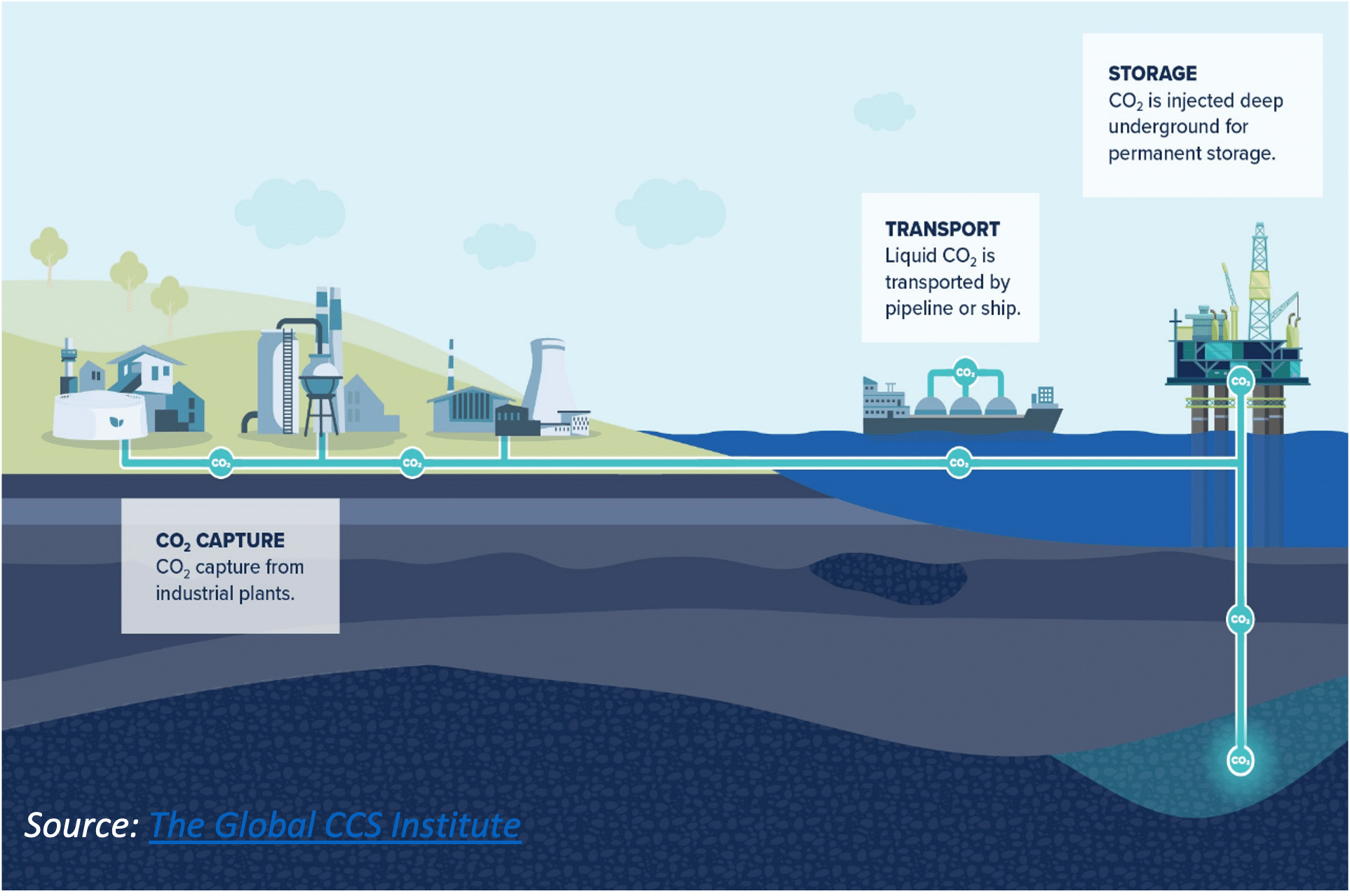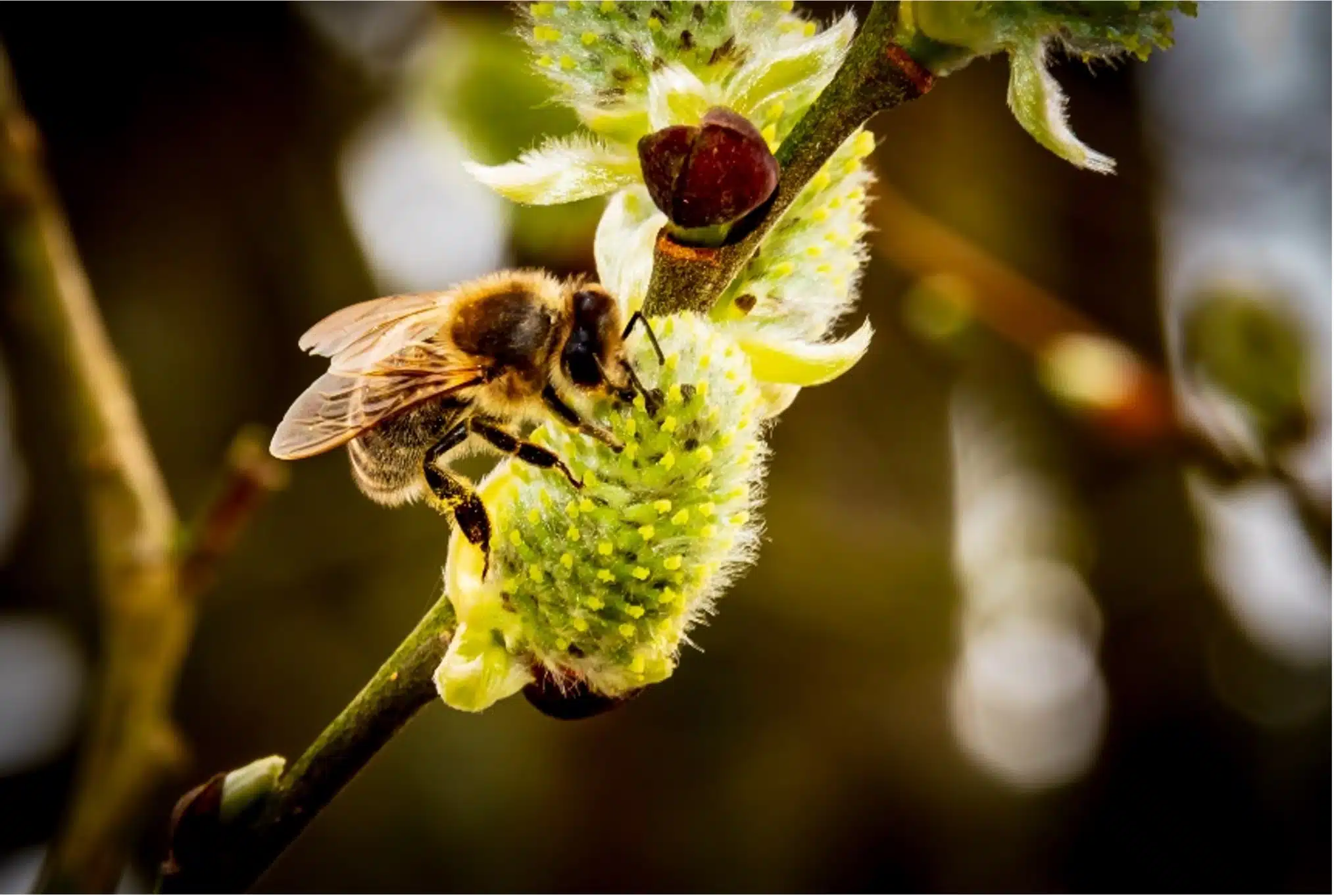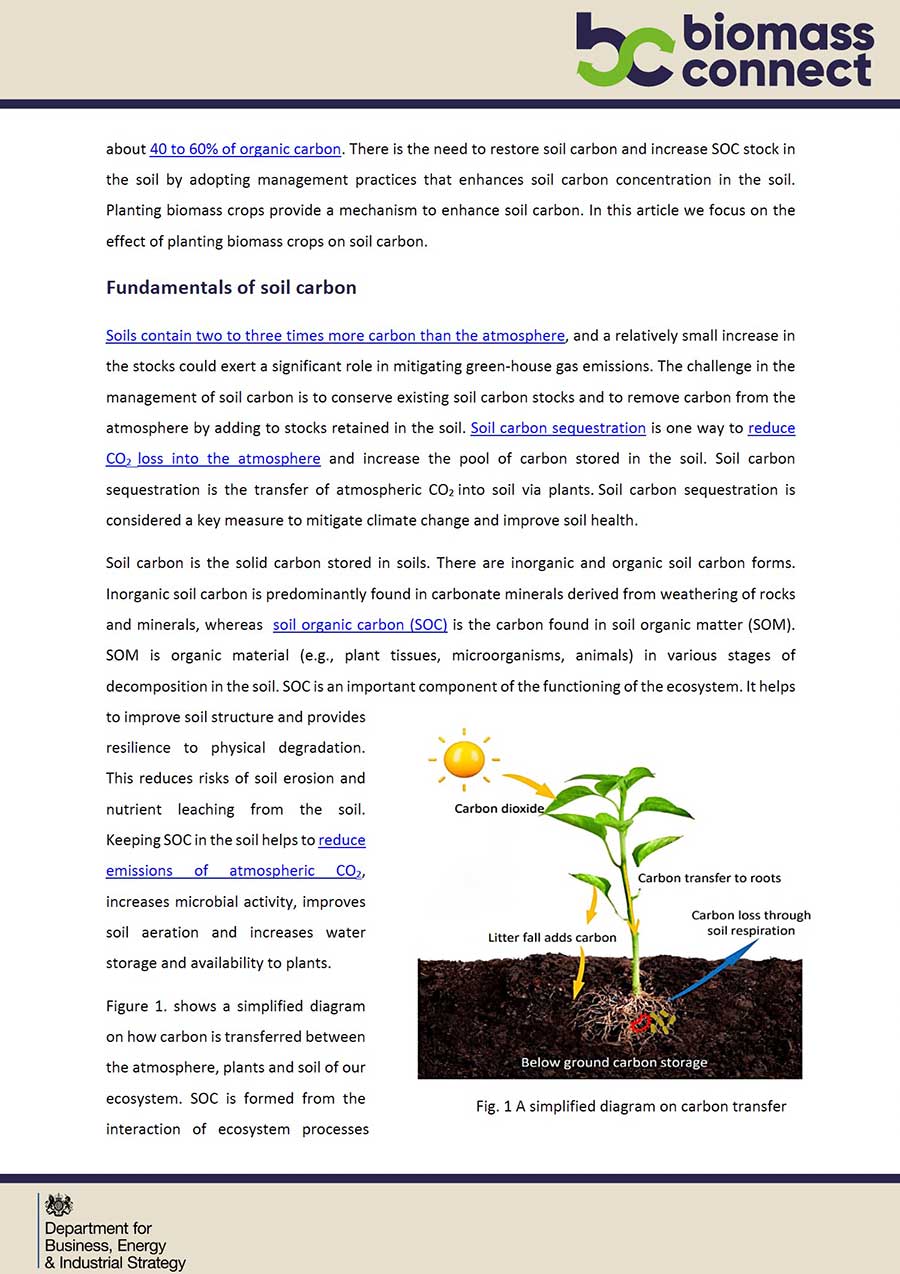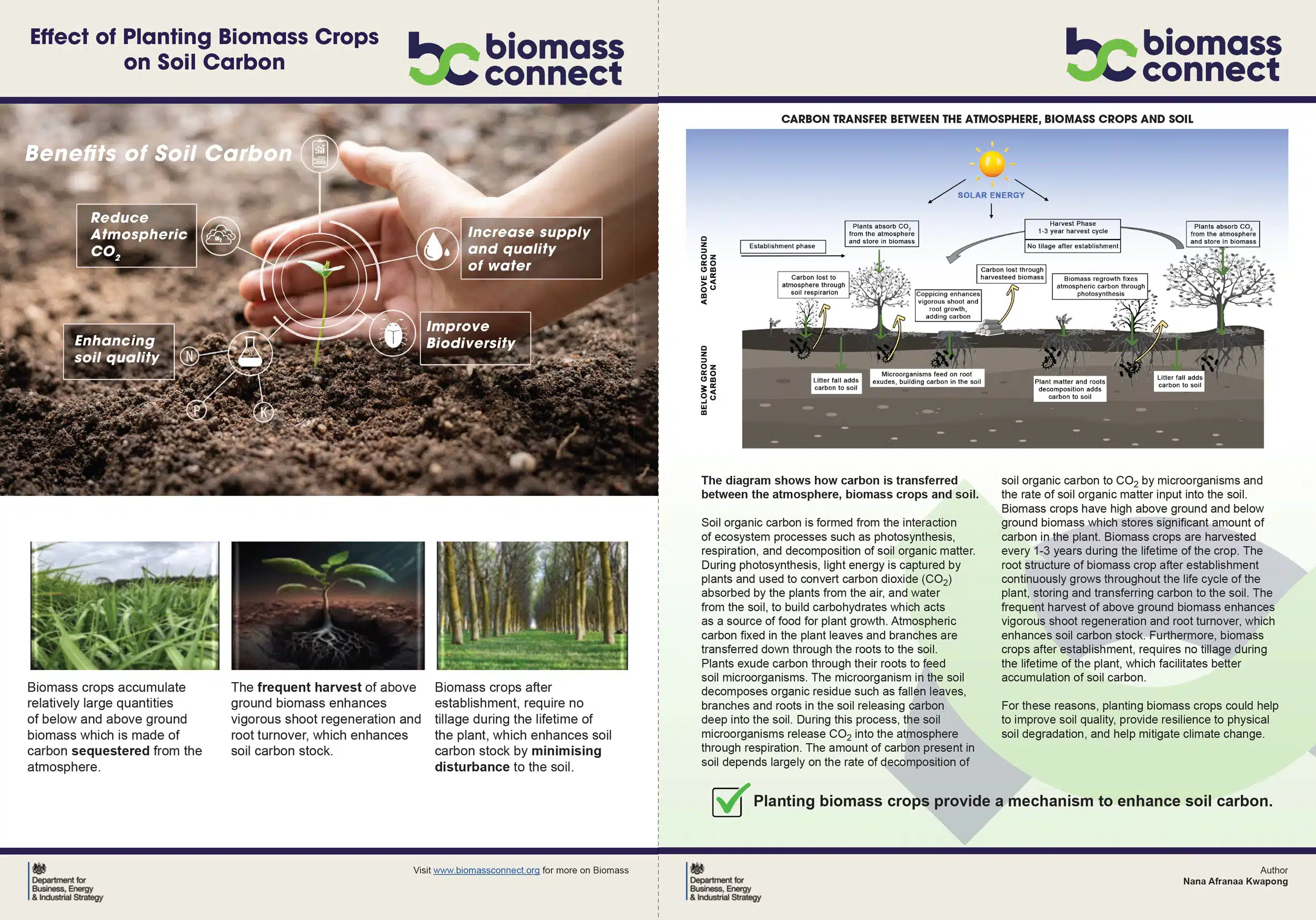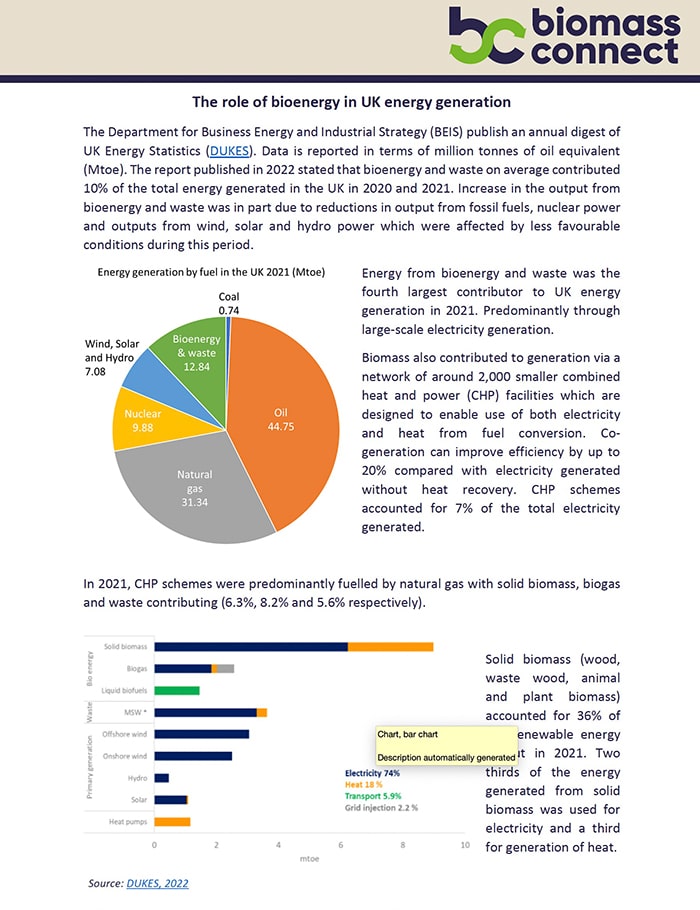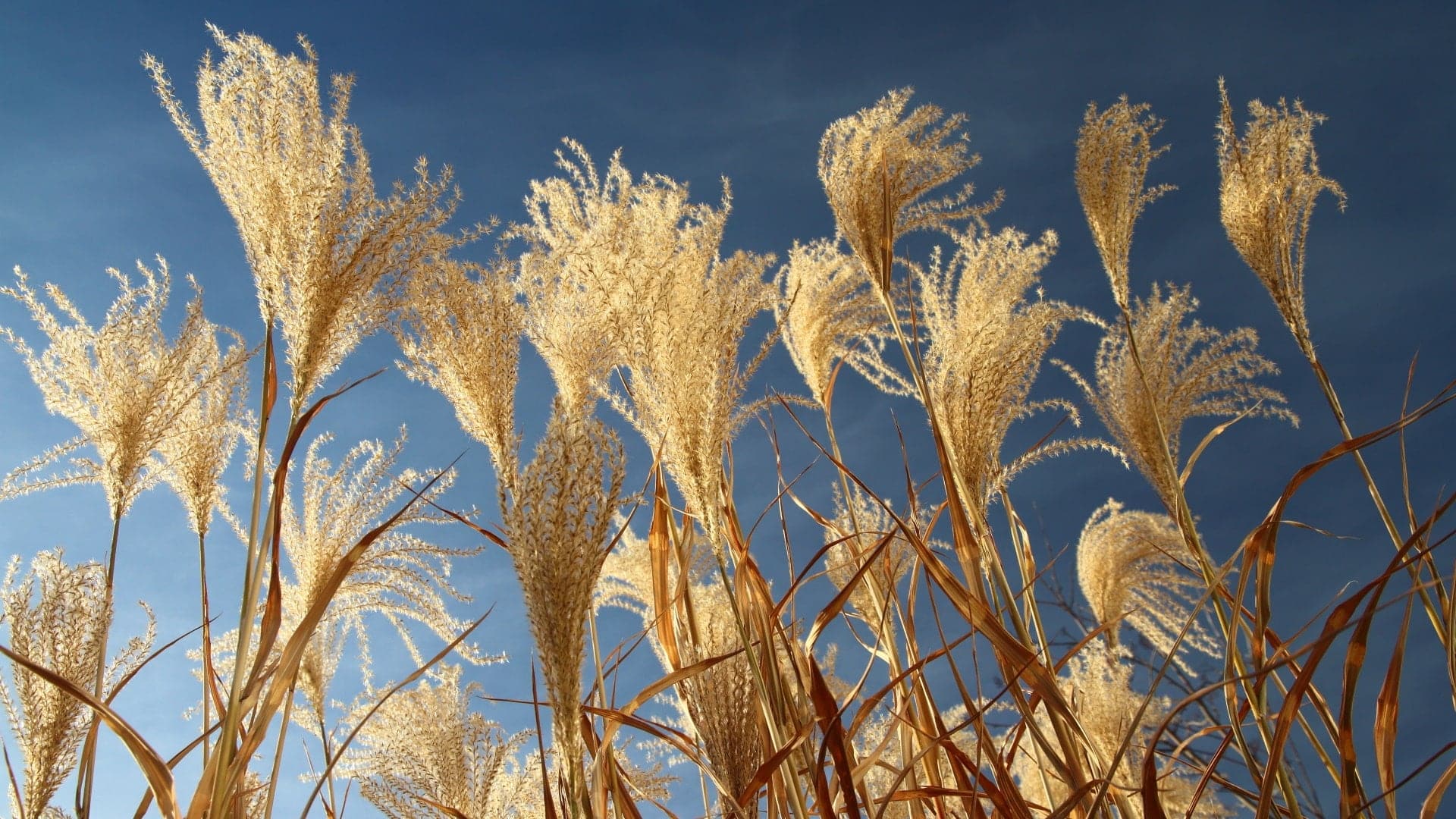These technical articles, factsheets and case studies provide robust, independent information on biomass feedstock performance, agronomy, economics and environmental benefits, to facilitate discussion and learning regarding the biomass sector.
Presentation: Prof. Yit Arn Teh, Multifunctional Landscapes, Biomass Crops and End-uses
Slides from Prof. Yit Arn Teh's informative talk on multifunctional landscapes, biomass crops, and end-uses. His talk focused on how to design farms that are multifunctional, and the benefits and trade-offs of multifunctional landscapes.
Type: Presentation
Date: July 2024
Crop: All Biomass Crops
Keywords: Biomass Connect
Presentation: Jeanette Whitaker, Newcastle Demo Event
At our Newcastle Demo Event on 3rd July 2024, Prof. Jeanette Whitaker, project lead for Biomass Connect gave an overview of the Biomass Connect project, emphasising the need for more homegrown biomass feedstock for renewable energy for heat, power and transport, and other end-uses.
Type: Presentation
Date: July 2024
Crop: All Biomass Crops
Keywords: Biomass Connect
Field Report: Comparing bird communities in willow and Miscanthus crop fields – SPRING 2024 SURVEY
This field report follows on from the previous winter bird surveys conducted at two farms, one in Devon and the other in Somerset. One farm had a mixed age willow crop, while the other had a Miscanthus crop.
Type: Report
Date: 4th July 2024
Crop: Willow, Miscanthus
Keywords: Willow, Miscanthus, Biodiversity, Birds
Presentation: NIAB Demo Event, The logic and benefits behind the rural payments for biodiversity
Slides from a recent Biomass Connect presentation by Dr. Rebecca Rowe (UKCEH) presented at the NIAB Headley Hall Demonstrator Hub on 16th May 2024 as part of the Biomass Connect demo event. The presentation outlines the SFI Biodiversity Scheme
Type: Presentation
Date: May 2024
Crop: All Biomass Crops
Keywords: Biodiversity, SFI
Field Report: Comparing bird communities in willow and Miscanthus crop fields
This report outlines a three-day bird survey conducted at two farms, one in Devon and the other in Somerset. One farm had a mixed age willow crop, while the other had a miscanthus crop. The aim of the surveys was to record and map the birds seen at each farm to see what benefits each crop may have for different species.
Type: Report
Date: 25th January 2024
Crop: Willow, Miscanthus
Keywords: Willow, Miscanthus, Biodiversity, Birds
Case Study: SRC Willow – self supply and use in a farm-scale community heating scheme
This case study features a successful farm-scale community heating scheme using short rotation coppice (SRC) willow as a fuel source. The project has been cost-effective and provided a range of benefits, including energy self-sufficiency, reduced carbon emissions, and potential biodiversity enhancements.
Type: Case Study
Date: 4th December 2023
Crop: Willow
Keywords: Willow, Case Study, Farm
Why integrate Biomass Crops into Agroforestry Systems?
When incorporated into agroforestry systems, biomass crops contribute in various ways, including, support for pollinator populations, biodiversity enhancement, flood risk reduction, minimized runoff and soil erosion, improved water quality, increased soil carbon sequestration, improved soil health and contribute to climate change mitigation
Type: Technical Article
Date: November 2023 - Revised June 2024
Crop:
Keywords: Agroforestry
Report: Biomass Connect Industry Panel Consultation Report
This Consultation Workshop Report identified the main challenges for the industry, the major opportunities and made recommendations to Biomass Connect on how to improve its continued support of the industry. The report took the comments and core points from the workshop, expanded on them and took into consideration other factors to provide a fuller picture to a broader audience.
Type: Report
Date: 3rd November 2023
Crop:
Keywords: Stakeholder, Consultation
Case Study: Producing Animal Bedding from Miscanthus
Burlerrow Farm is a 303-hectare mixed farm based in Bodmin, Cornwall. It is run by James Mutton who has been growing miscanthus since 2002. Initially, the crop was used to produce miscanthus rhizomes, but since 2009 they have been producing premium equine and animal bedding.
Type: Case Study
Date: 29th September 2023
Crop: Miscanthus
Keywords: Miscanthus, Case Study, Farm
Does production of biofuel mean less food production?
Food and bioenergy need not compete for land, instead, biofuel crops should be integrated into existing landscape and agricultural lands in a multifunctional approach to offer multiple benefits including use as fuel and for other ecosystem services.
Type: Technical Article
Date: 25th April 2023
Crop:
Keywords:
Hemp as a Biomass Crop
Hemp has great potential to become a promising commodity crop for producing both biofuels and value-added products. It is an excellent rotation crop that fits well with food and feed crops and improves the yield of the subsequent crops due to the beneficial effects of hemp on the soil.
Type: Technical Article
Date: 6th April 2023
Crop: Hemp
Keywords:
Harvesting of Short Rotation Coppice Willow
Efforts to reduce harvesting costs by improving the performance and reliability of the harvesters and chip collection system are essential for the profitability of the willow biomass production.
Type: Technical Article
Date: 30th March 2023 (Revised July 2024)
Crop: Willow
Keywords: Willow, SRC, Harvesting
Eucalyptus as a Biomass Crop
A number of Eucalyptus species have been identified as having great potential as a short rotation forestry (SRF) or coppice (SRC) species in the UK. Eucalyptus is suited to short rotation forestry due to its fast growth rate and high biomass yield, which can exceed that of other native species.
Type: Technical Article
Date: 29th March 2023
Crop: Eucalyptus
Keywords: Eucalyptus
Biomass Buffer Strips – using biomass crops in multipurpose land management
A buffer strip is an area of land which is either left uncultivated or planted with perennial grasses, shrubs and trees. Planting strips or alleys of perennial biomass crops on existing agricultural land can provide a number of important benefits in terms of flood management, soil recovery and improvements in biodiversity, in addition to providing a harvestable resource. Wider adoption could help better manage landscapes to be more resilient to the effects of climate change, mitigate flood risk, and reduce the environmental impacts of intensive agriculture.
Type: Technical Article
Date: 20th March 2023
Crop:
Keywords: buffer Strips, Land management, flood mitigation, soil erosion, groundwater, biomass
Bioenergy with Carbon Capture and Storage (BECCS)
BECCS could provide an important mechanism to reduce emissions and remove greenhouse gasses from the atmosphere. However, full life-cycle assessment of biomass production and supply will be critical to ensure BECCS is truly net-negative and does not result in other deleterious effects on our natural environment or food production systems
Type: Technical Article
Date: 1st March 2023
Crop:
Keywords: BECCS, Bioenergy, Carbon Capture
What effect does planting biomass crops have on soil carbon?
Soil Organic Carbon (SOC) is formed from the interaction of ecosystem processes such as photosynthesis, respiration and decomposition of SOM. Soil carbon provides the benefit of enhancing soil quality which is essential to sustain and improve food production, increase supply and quality of water, enhance biodiversity, and reduce atmospheric CO2. For these reasons, planting biomass crops help to improve soil quality, provide resilience to physical soil degradation and help mitigate climate change.
Type: Technical Article
Date: 31st January 2023
Crop:
Keywords: Biomass Crops, Soil, Carbon
Data Summary – Solid Biomass consumption trends in the UK energy sector 2016-2021
The utilisation of solid biomass as a fuel in generation of heat and power has seen a significant increase over the last ten years as many coal-fired power stations converted to using biomass. This article provides a summary of the data reported by BEIS and OFGEM specific to solid biomass use in the UK heat and power sector over the last 5-10 year period.
Type: Technical Article
Date: 24th Jan 2023
Crop:
Keywords: Bioenergy, Solid Biomass









